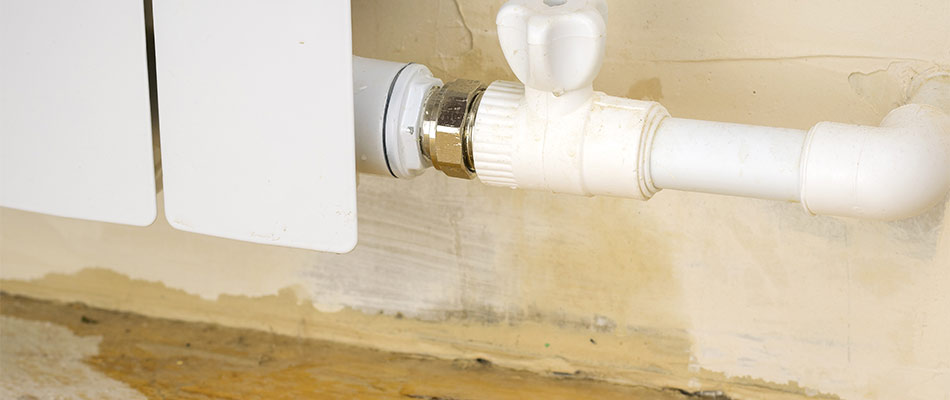Just how do you actually feel about Leaking water lines?

Early detection of dripping water lines can reduce a potential catastrophe. Some tiny water leakages may not be visible.
1. Check Out the Water Meter
Every residence has a water meter. Inspecting it is a guaranteed way that assists you uncover leaks. For starters, switch off all the water resources. Ensure nobody will certainly flush, utilize the faucet, shower, run the washing machine or dishwashing machine. From there, most likely to the meter and watch if it will certainly change. Considering that no person is using it, there ought to be no motions. That shows a fast-moving leak if it moves. If you identify no changes, wait an hour or 2 and also examine back once more. This means you may have a sluggish leak that might also be below ground.
2. Examine Water Intake
Analyze your water costs and track your water consumption. As the one paying it, you should notice if there are any discrepancies. If you spot sudden changes, despite your consumption coinciding, it suggests that you have leakages in your plumbing system. Keep in mind, your water expense ought to fall under the same array on a monthly basis. An abrupt spike in your costs suggests a fast-moving leak.
At the same time, a steady increase monthly, even with the very same practices, reveals you have a sluggish leakage that's likewise slowly escalating. Call a plumber to extensively examine your residential or commercial property, especially if you feel a warm location on your floor with piping below.
3. Do a Food Coloring Examination
When it comes to water intake, 30% comes from toilets. If the shade in some way infiltrates your bowl during that time without flushing, there's a leakage between the storage tank and bowl.
4. Asses Outside Lines
Do not fail to remember to inspect your exterior water lines too. Ought to water leak out of the link, you have a loosened rubber gasket. One little leakage can throw away loads of water as well as surge your water bill.
5. Assess the scenario and also evaluate
Homeowners should make it a habit to check under the sink counters and even inside closets for any type of bad odor or mold and mildew growth. These two red flags indicate a leakage so prompt focus is called for. Doing regular examinations, also bi-annually, can conserve you from a major problem.
Inspect for discolorations and also compromising as many home appliances and pipelines have a life expectancy. If you think dripping water lines in your plumbing system, don't wait for it to rise.
Early detection of dripping water lines can reduce a possible disaster. Some little water leaks might not be noticeable. Inspecting it is a proven way that aids you uncover leaks. One small leakage can squander bunches of water and surge your water costs.
If you think dripping water lines in your plumbing system, do not wait for it to escalate.
WARNING SIGNS OF WATER LEAKAGE BEHIND THE WALL
PERSISTENT MUSTY ODORS
As water slowly drips from a leaky pipe inside the wall, flooring and sheetrock stay damp and develop an odor similar to wet cardboard. It generates a musty smell that can help you find hidden leaks.
MOLD IN UNUSUAL AREAS
Mold usually grows in wet areas like kitchens, baths and laundry rooms. If you spot the stuff on walls or baseboards in other rooms of the house, it’s a good indicator of undetected water leaks.
STAINS THAT GROW
When mold thrives around a leaky pipe, it sometimes takes hold on the inside surface of the affected wall. A growing stain on otherwise clean sheetrock is often your sign of a hidden plumbing problem.
PEELING OR BUBBLING WALLPAPER / PAINT
This clue is easy to miss in rooms that don’t get much use. When you see wallpaper separating along seams or paint bubbling or flaking off the wall, blame sheetrock that stays wet because of an undetected leak.
BUCKLED CEILINGS AND STAINED FLOORS
If ceilings or floors in bathrooms, kitchens or laundry areas develop structural problems, don’t rule out constant damp inside the walls. Wet sheetrock can affect adjacent framing, flooring and ceilings.
https://www.servicemasterbyzaba.com/blog/how-to-detect-water-leakage-in-walls/

We were brought to that write-up about Finding hidden leaks from someone on another site. Sharing is nice. One never knows, you could be helping someone out. Thanks a lot for taking the time to read it.